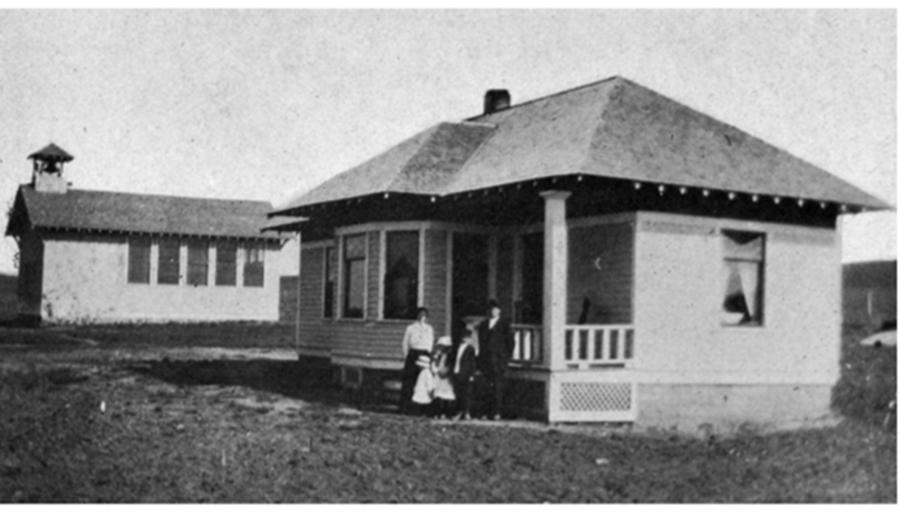Building affordable homes for teachers and staff—a good idea whose time has come, gone, and come again.

At the time, a lack of housing in rural areas forced young, largely female teachers to board with the impoverished families of their students. These rustic living conditions led to job dissatisfaction, high teacher turnover, and disruptions in students’ education. They also made it difficult to recruit teachers for what was already a demanding profession. Parsonages helped recruit good preachers, Preston liked to say. Teachers needed “teacherages.” In 1913, she persuaded the legislature to pass a law authorizing rural school districts to use tax money to provide “suitable dwellings and accommodations for teachers, supervisors, and necessary assistants.”
By 1915 there were 108 teacher cottages across the state, and by 1927 there were 452. But with the rise of the automobile, expansion of roads, and the consolidation of rural schools, teachers were able to find housing more easily in the larger towns where the new schools were located, and interest in teacher cottages waned.
Teachers are again struggling to find affordable housing in the communities they serve, notably on Bainbridge where 32% of the district’s teachers and staff live off island. The high cost of housing makes it difficult to attract young, new teachers and imposes long commutes on many current employees. To address the shortage of local affordable homes, Bainbridge Island School District (BISD) has begun advocating for the modern-day equivalent of the teacher cottage—affordable workforce housing on school-owned land. BISD and other school districts and employee groups from across Washington are urging lawmakers to amend the more than 100-year-old law to allow larger and non-rural school districts the option to build employee housing.
